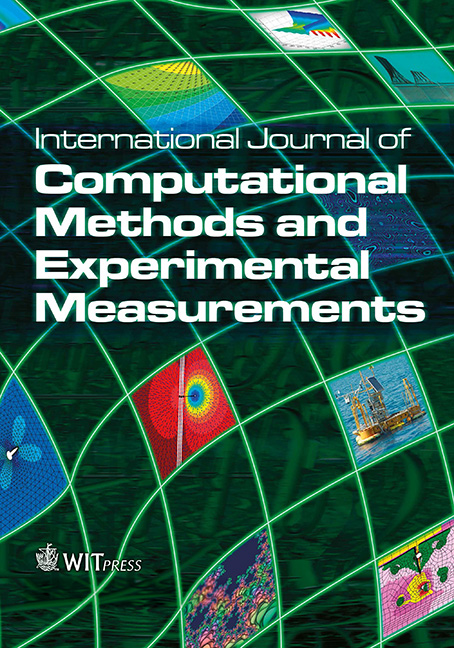Exploring Richtmyer–Meshkov instability phenomena and the links between surface perturbations and shocked-induced mass ejection
Price
Free (open access)
Volume
Volume 6 (2018), Issue 6
Pages
7
Page Range
1079 - 1086
Paper DOI
10.2495/CMEM-V6-N6-1079-1086
Copyright
WIT Press
Author(s)
SHI YINA, WANG PEI, ZHAO QIANG & FENG QIJING
Abstract
This work investigates the mass ejected from surface perturbations as the shockwave reaches the AL-vacuum interface, which originates from unstable Richtmyer–Meshkov (RMI) impulse phenomena. The main purpose is to explore the relationships between the shockwave impulse and the geometric properties of surface perturbations, and how those relationships drive the total ejected mass, directionality and velocity distribution. We discuss in detail different types of surface geometry (sinusoidal, square-wave, chevron and semicircle), as well as the wavelengths and amplitudes of surface perturbation. The time evolutions of micro-jet ejection are simulated using a hydrodynamic Lagrangian-Remapping Eulerian method. The calculated results show that primary jetting ejection can be formed from the different shapes, and with increasing wavelength, the ejection mass keeps an increase while the jet head-velocity decreases. However, not all periodic perturbations behave similarly, and masses ejected from irregular surface cannot be normalized to its cross-sectional areas. The square-wave surface may yield pronounced, velocity-enhanced secondary jetting, which is a result of collision of primary jets.
Keywords
L-R two-step Eulerian method, mass ejection, metal, Richtmyer–Meshkov instability, surface perturbation




